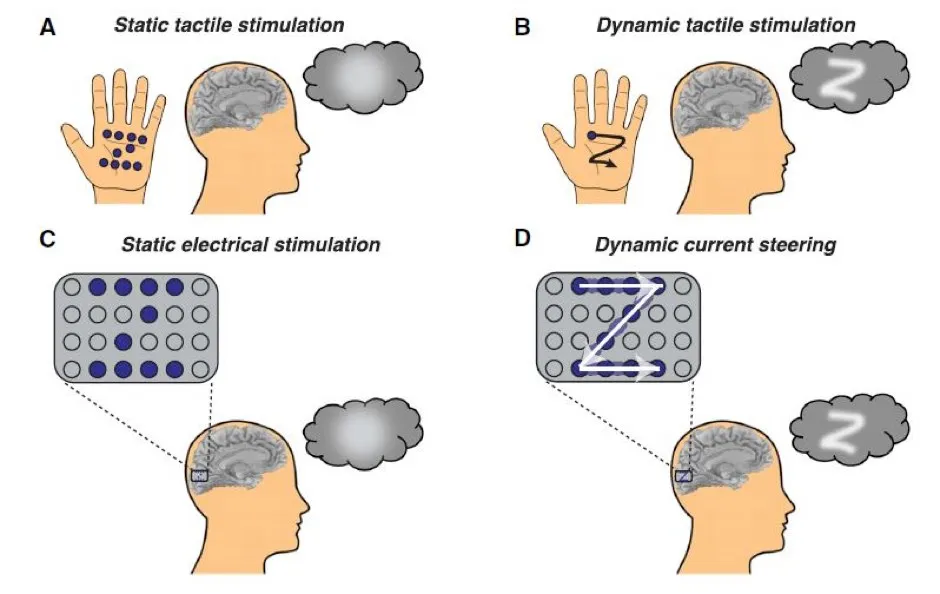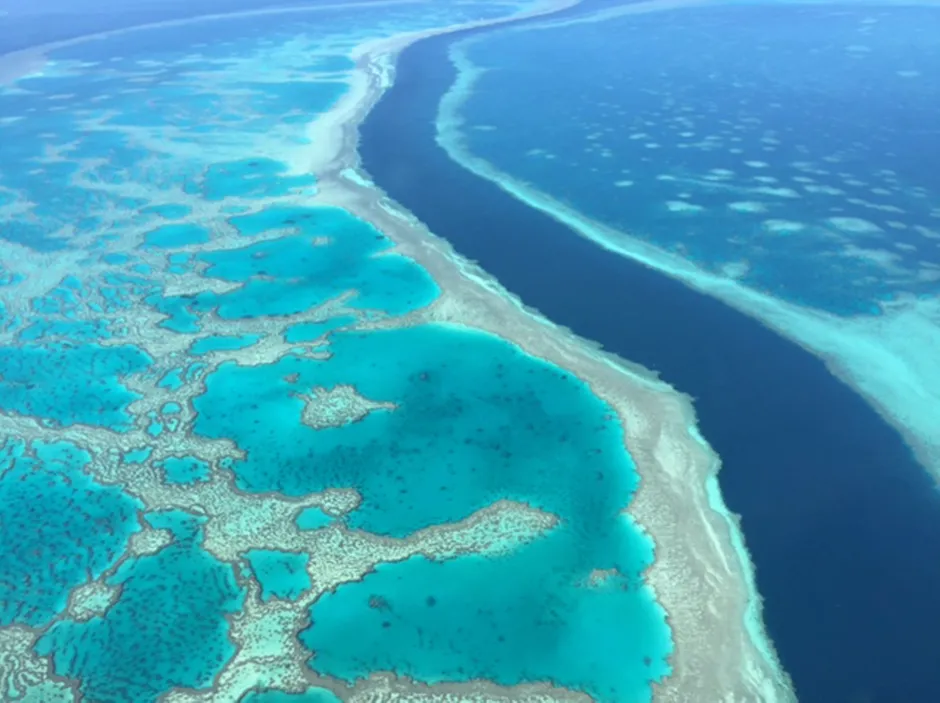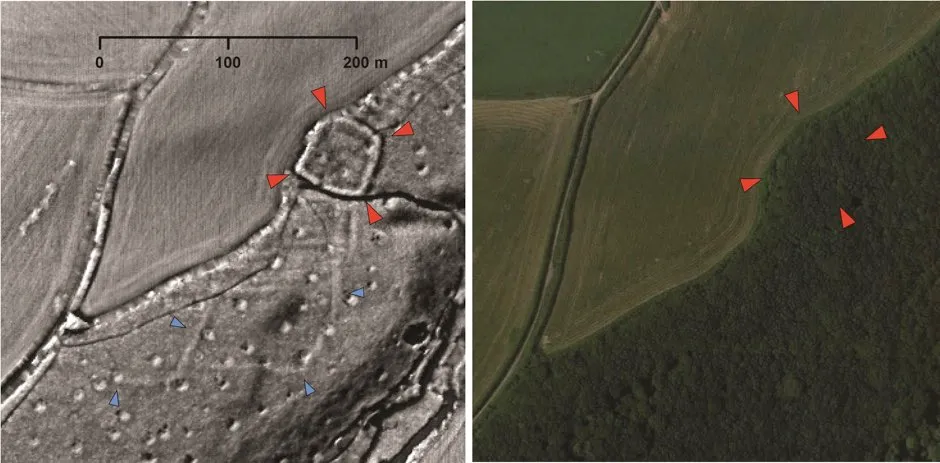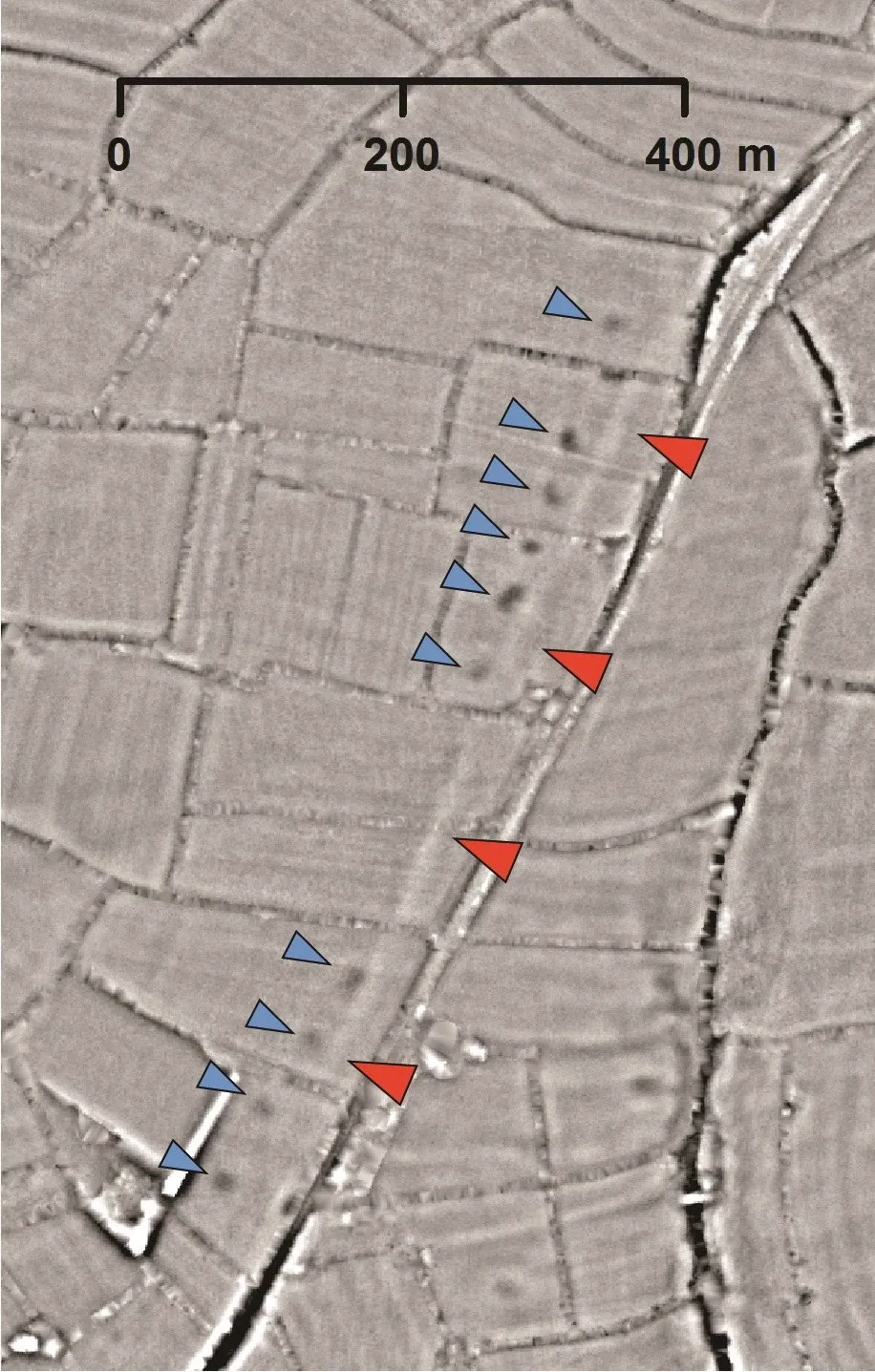1
Sight partially restored in the blind using electrical implants
For most adults who lose their vision, blindness results from damage to the eyes or optic nerve while the brain remains intact.
For years, researchers have attempted to create a device that could restore sight by bypassing damaged eyes or nerves and sending images directly to the brain.
Now, a team of researchers at Baylor College of Medicine in Houston have come one step closer to this goal by using implanted electrodes to trace shapes directly on the surface of blind patients’ visual cortices.
The team tested the idea on four sighted people who had electrodes implanted in their brains to monitor epilepsy and two blind people who had electrodes implanted over their visual cortices as part of a different study.
“When we used electrical stimulation to dynamically trace letters directly on patients' brains, they were able to 'see' the intended letter shapes and could correctly identify different letters,” said senior researcher Dr Daniel Yoshor. “They described seeing glowing spots or lines forming the letters, like skywriting.”

However, the technology is still in its infancy and there are several significant obstacles that must be overcome.
“The primary visual cortex, where the electrodes were implanted, contains half a billion neurons. In this study we stimulated only a small fraction of these neurons with a handful of electrodes,” said lead researcher Prof Michael Beauchamp.
“An important next step will be to work with neuroengineers to develop electrode arrays with thousands of electrodes, allowing us to stimulate more precisely. Together with new hardware, improved stimulation algorithms will help realise the dream of delivering useful visual information to blind people.”
2
‘Heat resistant’ corals could help combat bleaching
Scientists have developed a way to help coral reefs fight the devastating effects of bleaching by making the species more heat resistant.
The process, described in the journal Science Advances, involves giving the microalgae that live in the tissues of corals the ability to withstand higher temperatures.
Lead author Dr Patrick Buerger, of Australia’s national science agency CSIRO, said: “Our novel approach strengthens the heat resistance of coral by manipulating its microalgae, which is a key factor in the coral’s heat tolerance.”
The researchers believe their findings may help in the effort to restore coral reefs, which are “suffering mass mortalities from marine heat waves”.

3
Archaeologists working from home make new discoveries
Dozens of previously-unrecorded Roman, prehistoric and medieval sites have been discovered by archaeology volunteers based at home during the coronavirus lockdown.
Digging may be on hold due to the pandemic, but the team have found parts of two Roman roads, around 30 prehistoric or Roman large embanked settlement enclosures, and some 20 prehistoric burial mounds, as well as the remains of hundreds of medieval farms, field systems and quarries.
Those leading the project believe they will make many more discoveries in the coming weeks.
The team are analysing images derived from Lidar (light detection and ranging) data.
This laser technology is used during aerial surveys to produce highly detailed topographical maps.
Modern vegetation and buildings can be removed, allowing archaeologists to look at the shape of the land surface to find the remains of archaeological earthworks.
The data is being systematically examined and cross-referenced with records of known archaeology and historic maps, meaning the total of new discoveries regularly changes.

Project leader Dr Chris Smart, from the University of Exeter, said: “The South West arguably has the most comprehensive Lidar data yet available in the UK and we are using this to map as much of the historic environment as possible.
“The project’s current focus is the Tamar Valley, but this has been extended to include a broad swathe of land between Bodmin Moor and Dartmoor, Plymouth and Barnstaple – about 4,000 square kilometres in all.
“This is the first major systematic analysis of Lidar data from the Tamar Valley westwards and builds upon training workshops we ran earlier in the year.
Read more about archaeology:
- Humans grew plants in 'forest islands' of the Amazon 10,000 years ago
- "Something cruel" happened 2,600-year-old Heslington brain
- Shanidar skeleton discovery sheds light on Neanderthal 'flower burial'
“Ordinarily we would now be out in the field surveying archaeological sites with groups of volunteers, or preparing for our community excavations, but this is all now on hold.
“I knew there would be enthusiasm within our volunteer group to continue working during lockdown – one even suggested temporarily rebranding our project ‘Lockdown Landscapes’ – but I don’t think they realised how many new discoveries they would make.
“I am very grateful to our team for their efforts and am glad that we could continue to do volunteer-led research in these unsettling times. At the current rate we expect them to recognise hundreds of new archaeological sites in the coming month or two.”

When the worst of the pandemic is over the team intend to undertake geophysical surveys at several of the new sites as part of the project.
Dr Smart added: “It’s hard for us not to be able to carry out the work we had planned this summer – including an excavation at Calstock Roman fort – but hopefully this is only a temporary blip and we will be back out in the countryside with volunteers as soon as it is safe to do so.”
Read previous weeks' feel-good Friday news:
